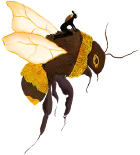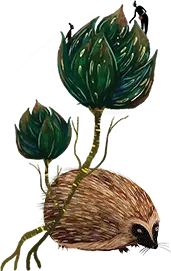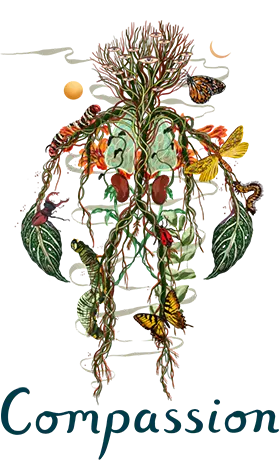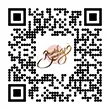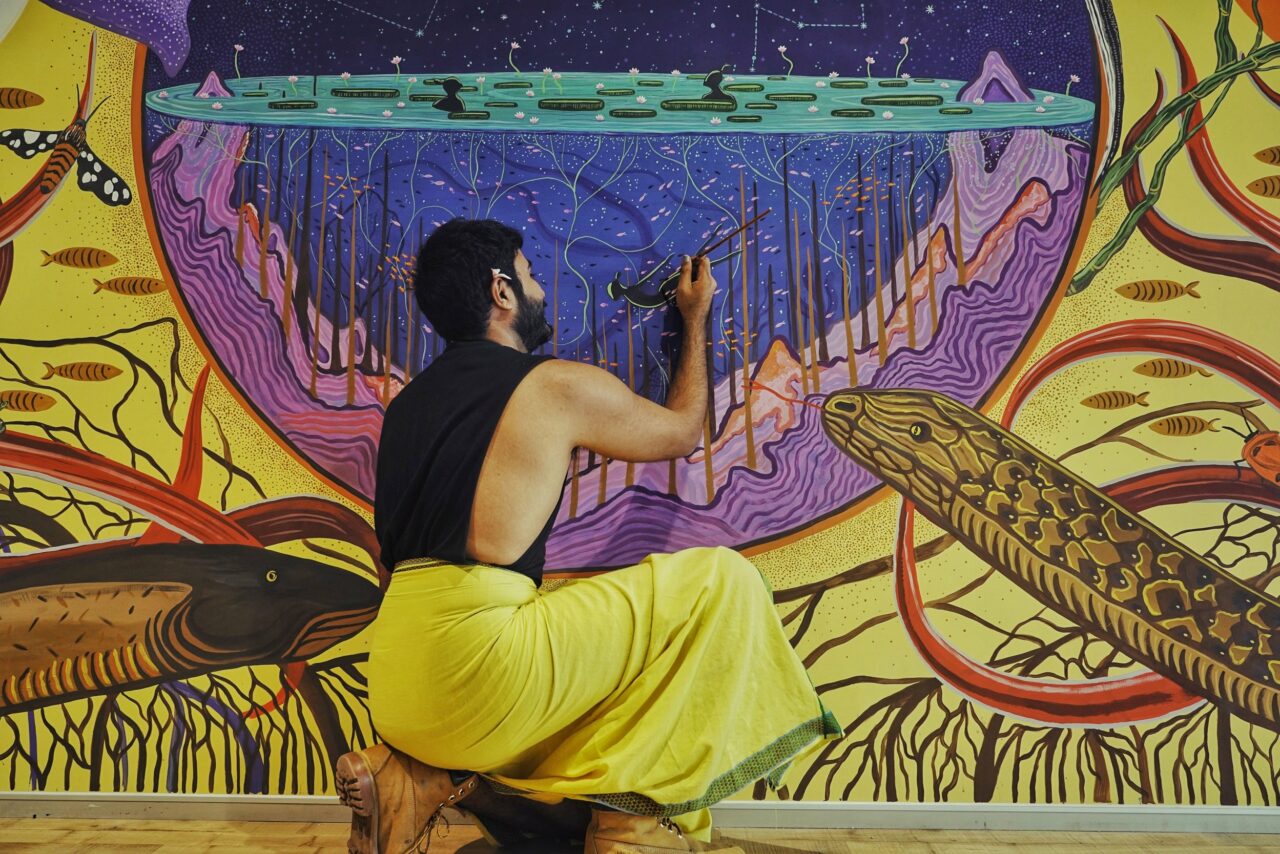
What is the Meaning pathway to Nature Connection?

The Meaning pathway is about…
Exploring the personal and cultural meanings and significance of Nature.
Written in partnership with Dr Carly Butler from the Nature Connectedness Research Group at University of Derby
For examples of the Meaning pathway in action, check out our article full of ideas.
The meaning pathway to Nature Connectedness was originally developed from Stephen Kellert’s conception of the symbolic value of Nature. It is associated with use of Nature-based terms and metaphors in communication and highlights the role of Nature in how we write, talk about and represent everyday life and concepts.
For example, we may talk about our ‘roots’ with an allusion to tree roots, describe ourselves as being as ‘busy as a bee’, or use Nature’s beauty as a metaphor or simile for human beauty. These uses of Nature as symbol illustrate the important role of the more-than-human world in our sense-making practices, as key to how we understand and communicate our everyday lives. Nature is embedded in all culture, in every corner of the world.

Tuning in to seasons
We can also activate the meaning pathway by tuning into the cycles and patterns of the natural world, such as the cycles of the moon, sun, tides, and seasons, or the lifecycles and seasonal behaviour of plants and animals. These can offer a sense of structure, rhythm and continuity to our lives, while being fundamental to our existence and relationship with the rest of the natural world.
Events like the return of swallows, the re-emergence of snowdrops, or the fall of leaves mark the passing of time and the turning of the world. By noticing, enjoying, and celebrating such events we help strengthen the meaning pathway and our Nature connectedness.

Reflecting on what Nature means to us
Reflecting on and exploring what Nature means to us as an individual, or to us as a member of a social or cultural group, is another way of nurturing the meaning pathway. Many people can recall a particular place or moment with Nature that was particularly special or important, such as a tree that reminds us of someone we love, a star or a consellation that we looked at with somebody that matters to us, or a story of a time with Nature that we cherish.
Events in Nature’s calendar such as solstice or equinox are often acknowledged or celebrated as meaningful to people, either as individuals or as part of a group. Folklore and traditional stories often celebrate meanings of Nature and offer a sense of the value that our ancestors held for the more-than-human world. Understanding the stories and magic and traditional uses of plants, for instance, can help strengthen our relationship with those plants, while also connecting us to heritage and other humans. This illustrates that the meaning pathway is not simply about what ‘Nature means’, but the meaning and value of the human-nature relationship itself.
The meaning pathway is not simply about what ‘Nature means’, but the meaning and value of the human-nature relationship itself.

The value of art to capture and explore meaning
The meaning pathway is often associated with artistic practices, which explore and celebrate the symbolism and meaning of the natural world and our relationship with it. Writing is a means of reflecting on and contemplating the meaning of Nature, while language itself is full of Nature-based references and metaphors. Poetry and music can help share such reflections and celebrations. Visual and embodied art practices also convey meanings of Nature, while offering a basis for viewers to experience and explore the artist’s meanings.
The meaning pathway offers lots of opportunities for social connection, as it is focused on communication and representation of Nature, and has elements of celebration, culture, and memories which can all help strengthen bonds with other people. While the pathway invites us to reflect on and contemplate why Nature matters and involves paying attention to the seasonal and other time-based shifts in the natural world, a key component is the sharing of these meanings in everyday interaction, celebrations and events, storytelling and the arts.
What the research says…
Eudaimonic and Hedonic wellbeing
Research on wellbeing often distinguishes between hedonic and eudaimonic wellbeing. Hedonic wellbeing is about a sense of joy and happiness – essentially, feeling good. Eudaimonic wellbeing, on the other hand, is about a sense of satisfaction with life, about feeling that life is worthwhile and has meaning.
Nature connectedness is associated with both dimensions of wellbeing (Pritchard et al., 2019), but there are particularly strong associations between a person’s sense of Nature connection and their eudaimonic wellbeing (Pritchard et al., 2019). Within this literature, a sense of meaning is generally understood to involve a sense of connection to something bigger than oneself, and Nature is often identified as a source of meaning in people’s lives.

Making sense of the world
Passmore and Kraus (2023) offer a very useful summary of research showing a link between Nature and meaning. They note that several Nature-based interventions have been found to lead to an increased sense of meaning in life, even following very brief periods of Nature interaction (Yang et al., 2022). They discuss how Nature helps people find meaning by meeting needs for:
- Coherence: the world makes sense. Patterns and permanency
- Significance/mattering: A sense that one matters in the world – both socially and cosmically
- Purpose: connecting one’s actions to a bigger, meaningful whole.
- Experiential Appreciativeness: being present and appreciative of experiences in the moment
- Place attachment: connection to a place
Passmore and Kraus also note that taking action to help nature offers additional opportunities to grow a sense of meaning in life, while, conversely, ecological threats can be perceived as threats to our sense of meaning.
“Perhaps ultimately, our search for meaning is a search for how we fit into the larger symphony of life, into the natural world of which we are a part…”. (Passmore & Kraus, 2023, p 9)

Nature and Language
Kesiber & Kesiber’s (2017) research identified a decline in the use of Nature-based words in fiction, song lyrics and film scripts. Not only does this suggest a decreased sense of importance of Nature in cultural products, but also reflects a reduced opportunity for people to experience Nature in, and as culture.
With fewer references to Nature in music, films and books there are fewer opportunities for Nature’s beauty, wonder, and emotional power to be demonstrated and shared. Robert Macfarlane and Jackie Morris’s illustrated book, The Lost Words, was produced in response to the Oxford Junior Dictionary removing Nature-related words (such as acorn and bluebell) and replacing them with words like broadband and MP3 player.
Power of Art
There have been several studies exploring the impact and outcomes of arts-based programmes aimed at increasing Nature connectedness, particularly amongst children and young people (see Moula et al., 2022). The arts are a powerful route to improving human-nature relationships as they operate across multiple pathways, often involving heightened sensory engagement, appreciation of beauty, and emotional connections with nature.
While each of these can help lead to engagement with the meanings of Nature, the arts can help foreground meaning-making and people’s relationships with the rest of Nature (Muhr, 2020). For example, Hallam et al (2021) describe an arts-based intervention that offered young people opportunities to explore cultural and historical meanings of Nature through folk lore and ‘flower language’, and traditional human relationships with Nature through campfire and foraging.
For a useful overview of Nature’s effects on emotions, see Bratman, Olvera-Alvarez & Gross (2021):

Further Reading
For more information on how we draw meaning from Nature and how it is threaded through our lives, history, culture and art, check out the following….
- Weathering by Ruth Allen
- Mirrors in the Earth by Asia Suler
- Landmarks by Robert Macfarlane
- The Lost Words by Robert Macfarlane and Jackie Morris.
- Braiding Sweetgrass by Robin Wall Kimmerer


Explore ‘Meaning’ pathway activities…
References
David Abrams Spell of the Sensuous: Perception and Language in a More-Than-Human World, – Arran Stibbe’s work on ecolinguistics [e.g. Stibbe, A. (2015). Ecolinguistics: Language, ecology and the stories we live by. Routledge]
Robin Wall Kimmerer on the language of animacy – https://orionmagazine.org/article/robin-wall-kimmerer-language-animacy/
Firth, D. (2008). Do meaningful relationships with nature contribute to a worthwhile life? Environmental Values, 17, 145–164.
Kesebir, S., & Kesebir, P. (2017). A growing disconnection from nature is evident in cultural products. Perspectives on Psychological Science, 12(2), 258-269.
Hallam, J., Gallagher. L., & Owen, K. (2021): The secret language of flowers: insights from an outdoor, arts-based intervention designed to connect primary school children to locally accessible nature, Environmental Education Research, https://doi.org/10.1080/13504622.2021.1994926
Moula Z, Palmer K and Walshe N (2022) A Systematic Review of Arts-Based Interventions Delivered to Children and Young People in Nature or Outdoor Spaces: Impact on Nature Connectedness, Health and Wellbeing. Front. Psychol. 13:858781. doi: 10.3389/fpsyg.2022.858781
Muhr, M.M. (2020). Beyond words – the potential of arts-based research on human-nature connectedness, Ecosystems and People, 16:1, 249-257, DOI: 10.1080/26395916.2020.1811379
Passmore, H.-A.; Krause, A.N. The Beyond-Human Natural World: Providing Meaning and
Making Meaning. Int. J. Environ. Res. Public Health 2023, 20, 6170. https://doi.org/10.3390/ijerph20126170
Yang, Y.; Cai, H.; Yang, Z.; Zhao, X.; Li, M.; Han, R.; Chen, S.X. Why does nature enhance psychological well-being? A Self-Determination account. J. Environ. Psychol. 2022, 83, 101872.

